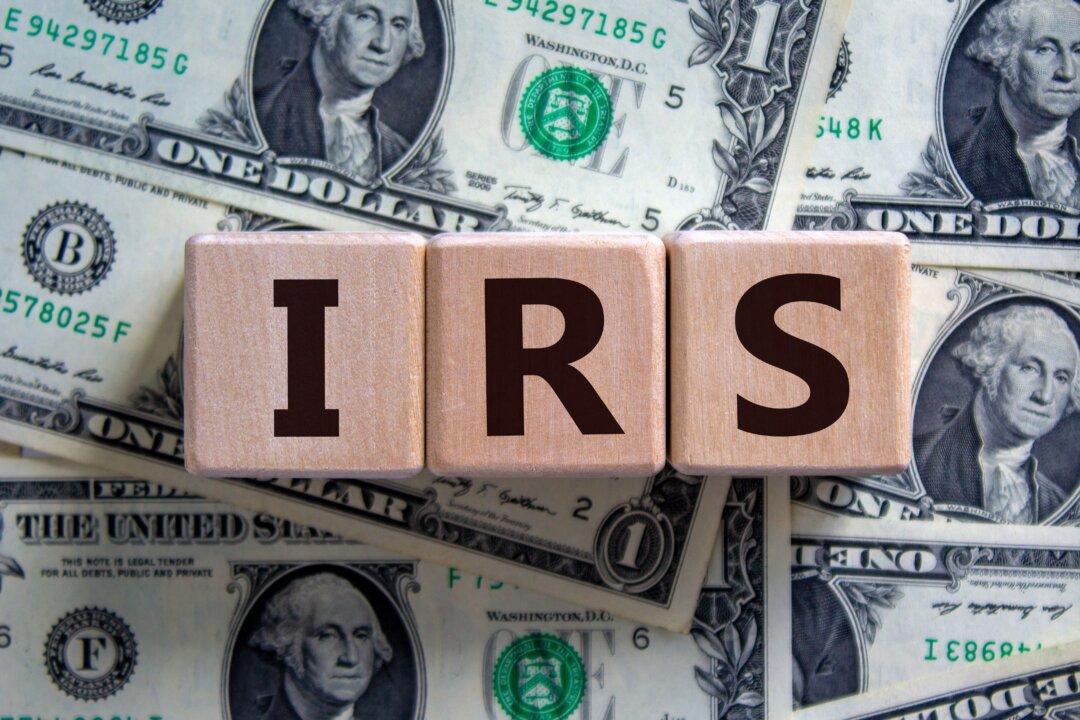The Internal Revenue Service (IRS) on Feb. 6 issued proposed guidance for a voluntary tip-reporting program between the agency and employers across an array of service industries.
Notice 2023-13 contains a proposed revenue procedure that would establish the “Service Industry Tip Compliance Agreement” (SITCA) program, which the IRS says would serve as the sole tip-reporting compliance program between the IRS and employers in all service industries.






